Varieties of Pineapple
In international trade, the numerous pineapple (Ananas comosus) cultivars are grouped in four main classes: ‘Smooth Cayenne’, ‘Red Spanish’, ‘Queen’, and ‘Abacaxi’, despite much variation in the types within each class.
Pineapple (Ananas comosus (Linn.) Merr., family Bromeliaceae) is also known as the “fruit of Kings”. It is believed to have originated in South America, somewhere in southern and central Brazil, northern Argentina and Paraguay. Columbus recorded the existence of pineapple in West Indies islands in 1493. Voyagers took the pineapple to different parts of the world and reached Kerala in 1548.
Most of the cultivated varieties in pineapple come under two major groups, viz., Cayenne and Queen groups. The Kew variety grown in most of the states in India comes under Cayenne group and is good for processing. The Mauritius variety, now widely grown in Kerala, represents Queen group and is an excellent fresh fruit.
The juice of pineapple fruit is considered as a ‘health drink’ that contains several vitamins, minerals and medicinal properties. Pineapple is the only source of bromelain, a complex proteolytic enzyme used in pharmaceuticals and as a meat-tenderising agent. The stem of the plant can be used for bromelain and starch extraction. Its fibrous leaves are used in some countries for paper and cloth making and to make silage for cattle feed. The fruit processing wastes such as peel, core and centrifuged solids from juice production can be used as cattle feed, biogas production and compost making. Wine can be made from fruit juice.

Smooth Cayenne or Cayenne
Smooth Cayenne is extensively cultivated in Hawaii, Philippines, Australia, South Africa, Puerto Rico, Kenya, Mexico, Cuba and Formosa. The ovoid medium-sized fruit (1.5 to 2.5 kg) of ‘Smooth Cayenne’ is held on a short and strong peduncle. It ripens progressively, turning yellow from the base to the top, which is reflected in a strong internal maturity gradient too. The flesh is firm, close-textured, juicy and with a pale-yellow to yellow colour at maturity. And average acid range lies between 0.5 and 1.0% and total soluble solids (TSS) between 12° and 16° Brix. The plant is a poor producer of shoots and slips. The production cycle is longer than for most other cultivars. ‘Smooth Cayenne’ is sensitive to many known pests (fruit borers, mites, symphillids, nematodes) and diseases (mealybug wilt, fusariosis, fruitlet core rot, butt rot), and to internal browning. However, it is considered tolerant to Phytophthora sp. and resistant to fruit collapse, caused by Erwinia chrysanthemi Burkbolder.
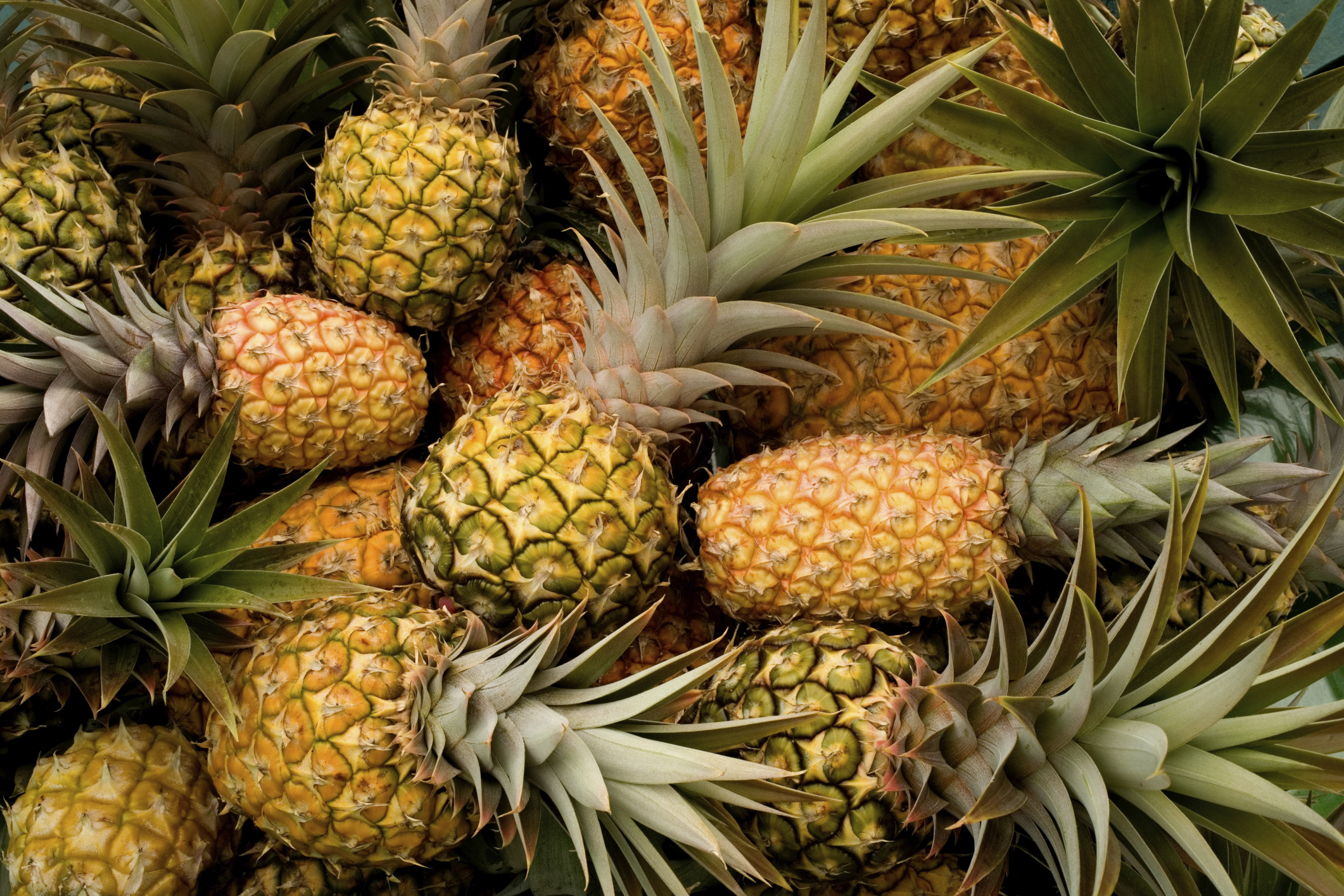

Mauritius
Mauritius is recommended for commercial cultivation for table purposes and distant marketing, due to its shorter duration, better fruit quality, keeping quality and transportability.
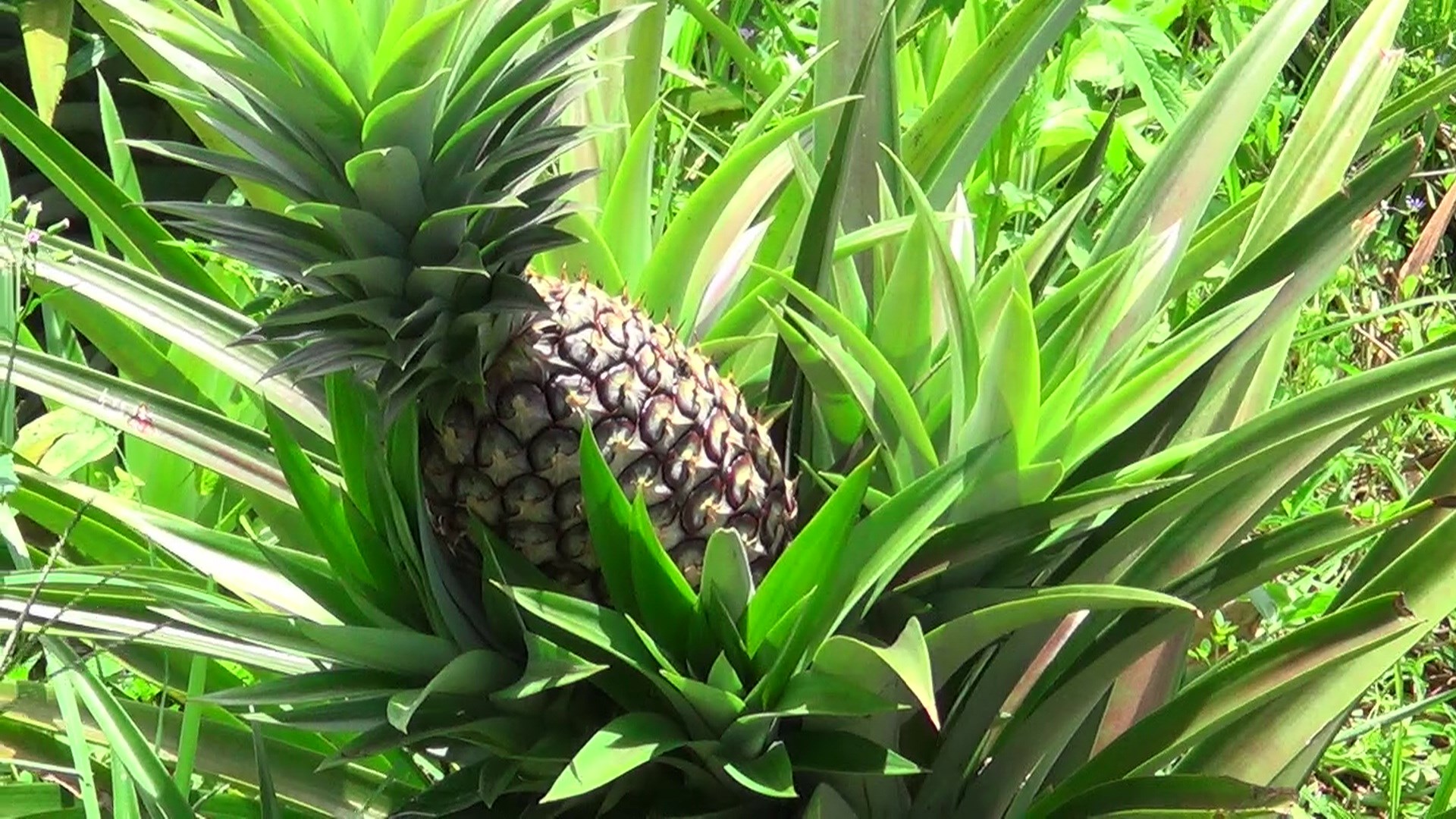

Vazhakulam pineapple
Vazhakulam pineapple locally known as ‘Kannara’ belongs to Queen Cultivar (Mauritius) suited for table purpose. The average fruit weight is 1300-1600gms. The fruit is having a pleasant aroma, have a slightly conical shape, fruit ‘eyes’ deeply placed, fruit flesh is crisp and golden yellow in colour, juice is sweet with 14-16 o brix and its acidity is 0.50 – 0.70%. It is a good source of carotene, vitamins minerals and energy.
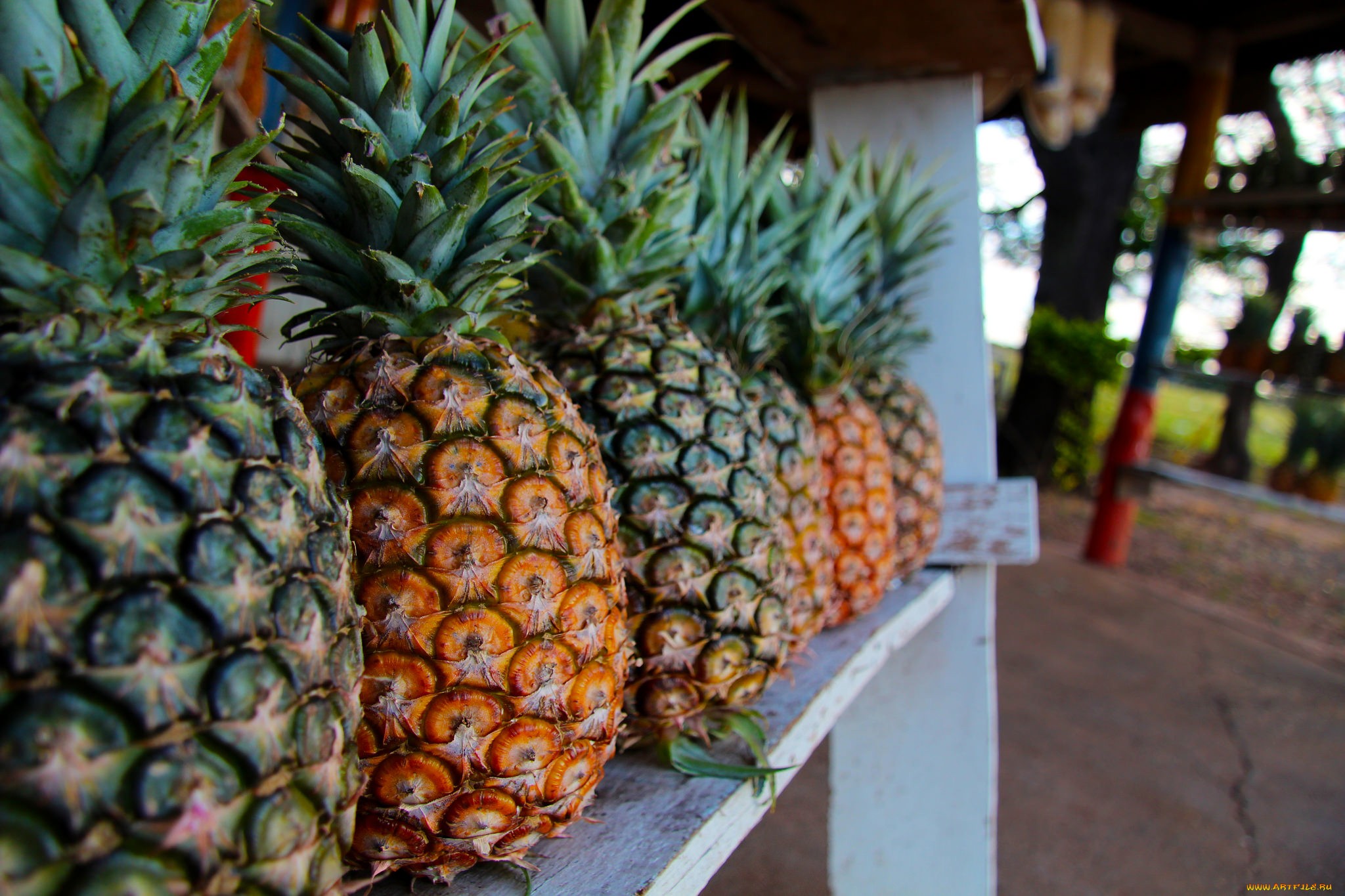

Amritha
It is a hybrid between Kew and Ripley queen. It has spiny leaves and 13-15 months duration. Fruit is cylindrical, tapering slightly fromv4 near base, weighing 1.5-2.0kg. Crown is small weighing 80-100g; ratio of fruit weight to plant weight is medium. Fruit is green when unripe and uniformly yellow when ripe; fissure and eye corking absent, spirals are left oriented. Fruit is firm with mild external aroma, skin 6 mm thick, flesh firm, non-fibrous, crisp and pale yellow in colour with rich aroma. Taste is good with high total soluble salts and low acidity.
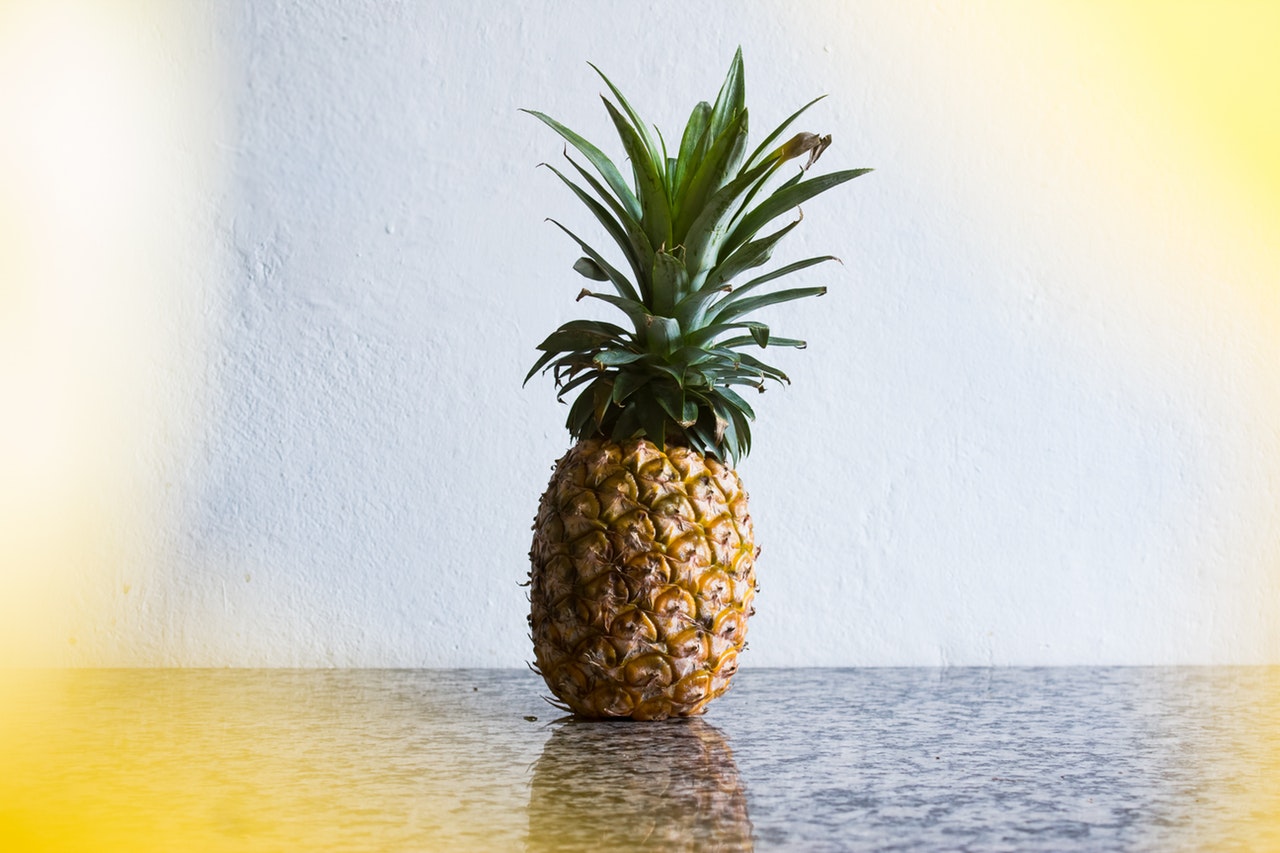

MD-2
MD-2 is a hybrid pineapple originated in the breeding program of the now-defunct Pineapple Research Institute in Hawaii, which conducted research on behalf of Del Monte, Maui Land and Pineapple, and Dole. Two similar seedlings, numbered 73-114 and 73-50, were found to have bright-gold, very sweet, low-acidity flesh, high resistance to parasites and internal rot, skin that turned amber when ripe and, best of all, the ability to survive cold storage for up to two weeks. The Pineapple Research Institute, Hawaii was dissolved in 1986 and its assets were divided between Del Monte and Maui Land and Pineapple. Del Monte took 73-114, which it dubbed MD-2, to its plantations in Costa Rica, found it to be well-suited to growing there, and launched it publicly in 1996. In 1997, Del Monte began marketing its Gold Extra Sweet pineapple, known internally as MD-2.
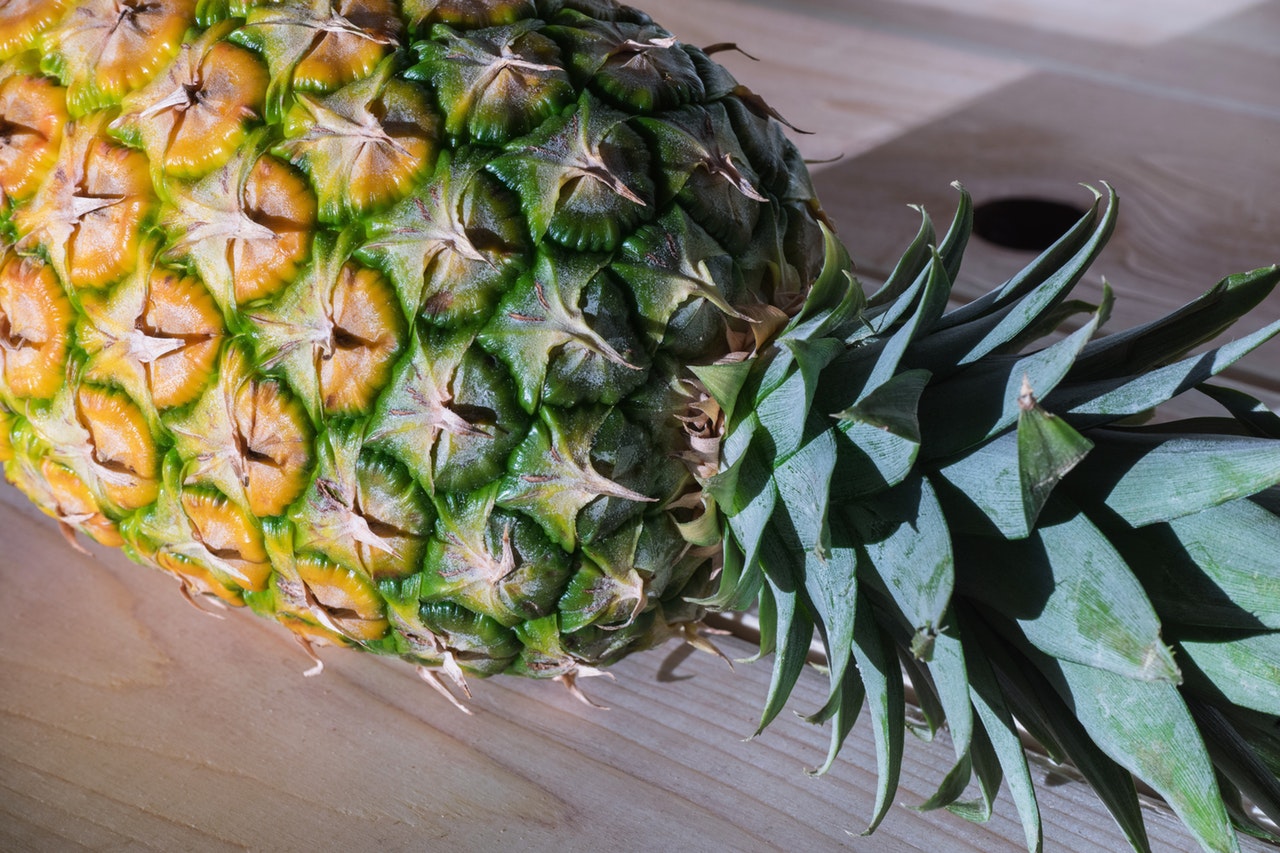

Ornamental Pineapple
Ornamental pineapple (Ananas nanas) is also very popular among the gardeners and landscapers. It has very beautiful flower heads and reddish foliage.
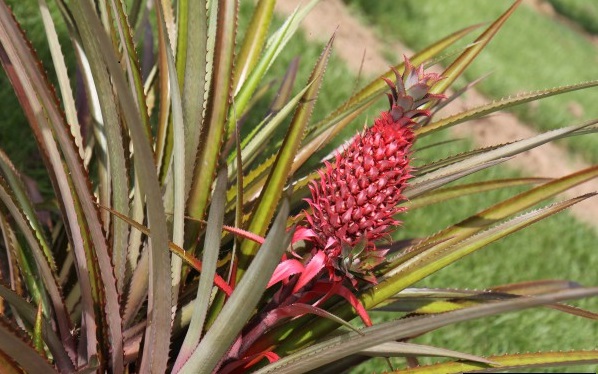
Our Achievements

200
Tons of Corn

150
Tons Vegatables

58
Units of Equipment

5
Hectare Fields
Contacts
Contact us for all you queries and suggestions. We would love to hear from you!
Get In Touch
Write to us for anything you would feel to: